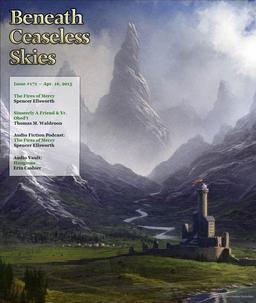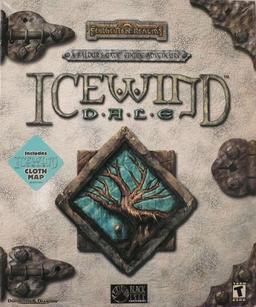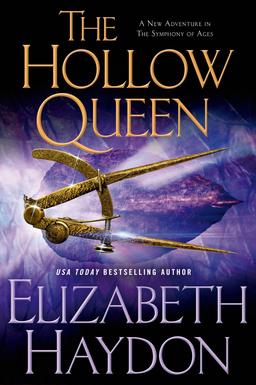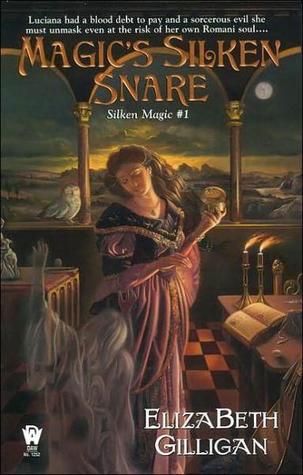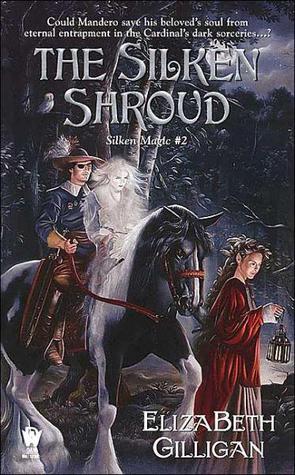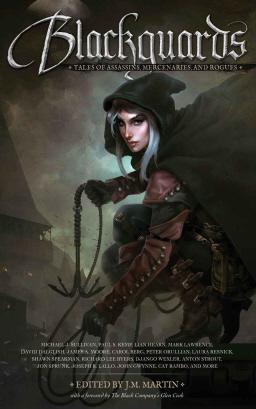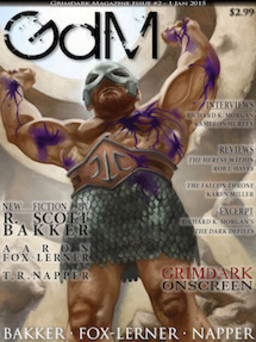The 2015 Hugo Nominations
 I am I suppose coming a little bit late to the party, but I wanted to join in and express my views on the Sad Puppies/Rabid Puppies slates, and their effect on the Hugos. I will mention up front that of all the points of view I have seen expressed, I am most in sympathy with George R. R. Martin’s … you can read his views at his Not a Blog.
I am I suppose coming a little bit late to the party, but I wanted to join in and express my views on the Sad Puppies/Rabid Puppies slates, and their effect on the Hugos. I will mention up front that of all the points of view I have seen expressed, I am most in sympathy with George R. R. Martin’s … you can read his views at his Not a Blog.
I should add as well that I do have a horse in this race. I am a Hugo nominee again as part of the editorial team for Lightspeed, which was nominated for Best Semiprozine. (We were fortunate enough to win last year, one of my biggest thrills in my time in the field.) I’ll be honest: one of the things that bothers me about this whole kerfuffle is that I’ll be at Sasquan as a nominee, my first time to be at the Hugos in person as a nominee. (I was unable to make it to London last year.) And I can’t help but think that the whole experience will be, certainly not ruined, but marred, by the aftermath of the whole mess. (For example – it would have been pretty darn cool to receive a Hugo from Connie Willis, if we were so lucky!) But you have every right not to care about that – that doesn’t matter at all in reality.
Anyway, here’s a quick summary of my positions:
Bloc voting is wrong. Making recommendations is not wrong. Promoting your own work strikes me as distasteful, but I’m not going to condemn those who do so. Promoting other people’s work is good.
